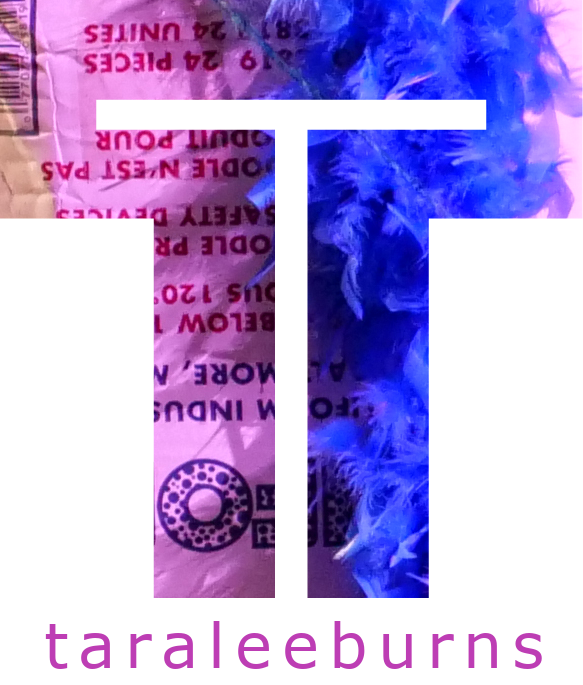
Concept
Tilt World rehearsals (Jan 2020 – May 2020) are geared toward building a set improvisational score or group of scores to be used once more dancers are brought into the fold.
Methodology
Today’s rehearsal began with the accumulation improvisation from last rehearsal, digging deeper into different brushes, colors and textures with different tempos and repetitions of movement. In taking detailed notes and ending each rehearsal with a clear written documentation including questions, I have a clear place to begin to ask and answer more questions. Some technical questions are best researched outside of designated rehearsal time.
Inside Virtual Reality
Looking at my hand while it is painting and remembering the movement inside my body at the same time is a very different mental process than when doing this movement without Tilt Brush. It feels similar to patting your head and rubbing your tummy, but instead you are aiming to look at a trail of paint while feeling your body so you can remember what the whole body does after the trace is created. The paint trace ends up being an “aboutness” of the movement instead of a specific archive. Since paint only comes from one end of the brush I have to make specific decisions about where the brush is on my body, whether distally painting from the hand as an extension of the spine or attached to the hip, foot, knee, or other.
The smoke brush continues to create a dispersed movement after you create with it. I used this brush today and ended by slowing and looking at what I created. Turning in a circle, I’m able to see the smoke move and the intricate pathways the chaotic movement created prior to this.
I also used the Mirror function later in the rehearsal which creates a division in the infinite blackness of the virtual space where the other side has a reflection of what you are painting in real time. I found a very curious effect happen when I watched my reflection painting, because it is not exactly what I am painting, but the reverse. It creates a really inquisitive effect.
Questions and Moving Forward
Does it matter if I reproduce the movement “correctly” after the first iteration of improvisation? The difference and trail of remembering and correcting is interesting. I think the answer is no? It is about the effort and physical thinking.
I remembered that in the Oculus Quest you can record live what you are doing, like what we did in the walk through for our VR Poltergeist room. I’m going to try this next rehearsal to live record what is happening while I’m painting.
I also need to research the audio and the controller settings on the Vive. You can do a lot of modifications with the controllers. Can I configure the controller so I can paint out of two hands/two controllers?
I also want to incorporate resizing and moving whole traced improvisations because I believe you need two hands to do these actions and this will make the palette hand more active even if I don’t achieve two paint brushes.
